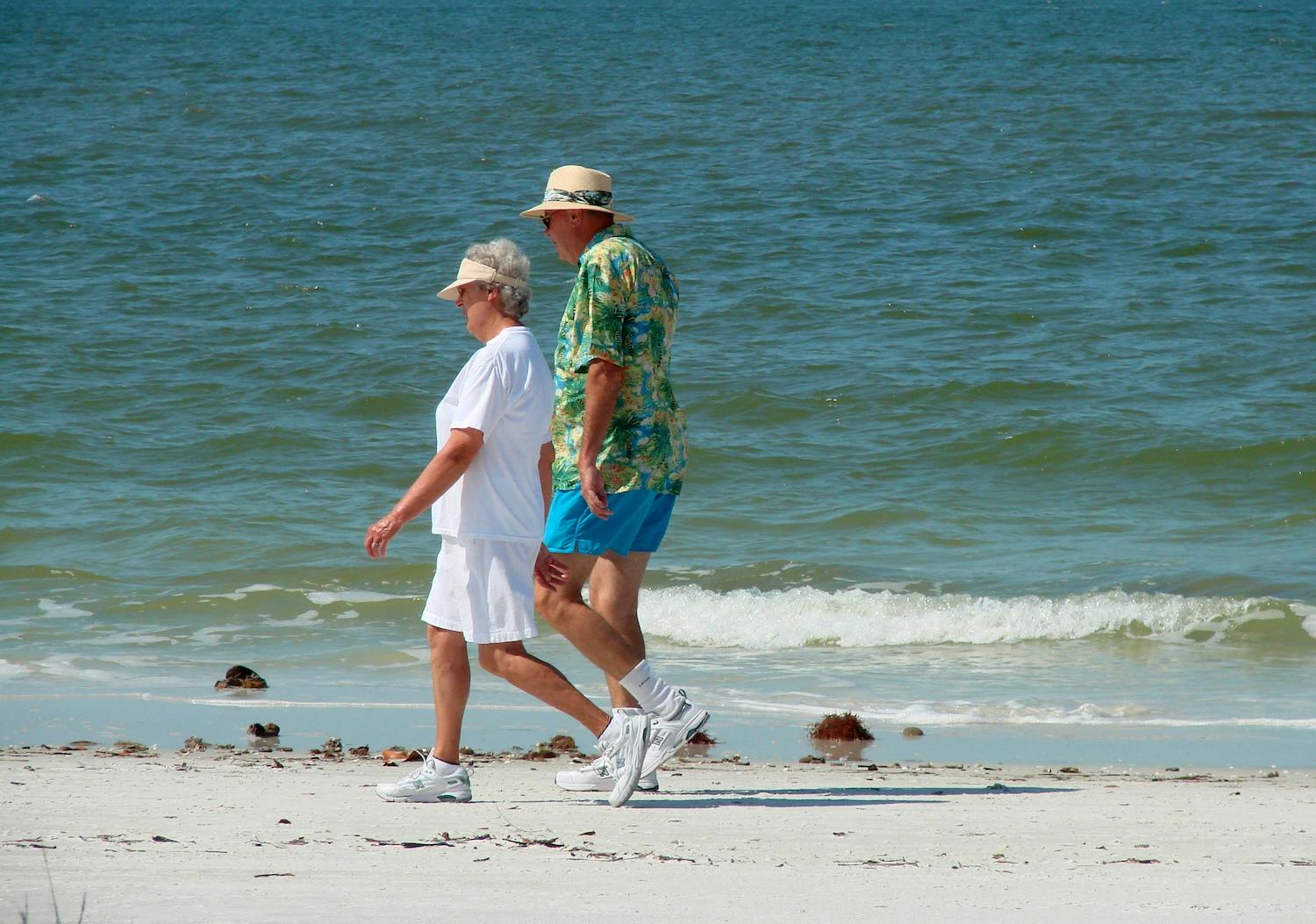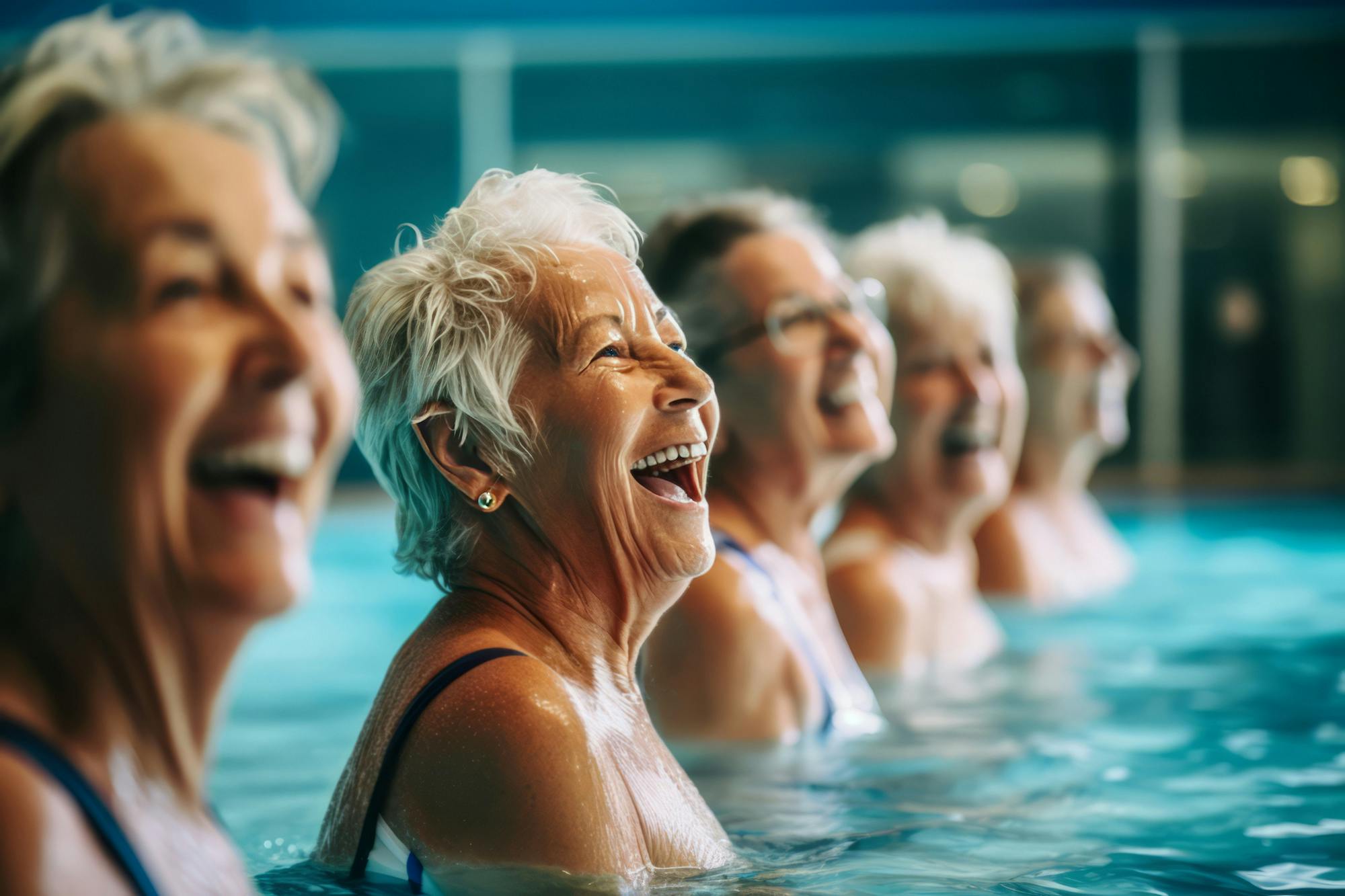- Blog
Knee Pain in Young Athletes: How to Prevent, Evaluate, and Manage
Posted on 12-12-2025 in Knee by Dr. Chris O'Grady

Posted on 12-12-2025 in Knee by Dr. Chris O'Grady
Encouraging our youth to participate in athletics instills a sense of self-confidence, comradery, and communication at a young age, however, many are concerned about injuries that can accompany playing sports. Unfortunately, injuries are sometimes unavoidable, however, there are steps that can be taken to prevent injury occurrence and properly evaluate and manage once an injury has occurred.
Prevention
Overuse injuries occur in athletes of all ages, however, they are most common in youth just getting into athletics. Factors that typically contribute to overuse injuries are sudden increase in intensity, duration, and volume of physical activity, poor sport-specific training/conditioning, and improper training techniques.
Evaluation
If an injury has occurred, there are several steps that need to be taken based on the severity of the event.
Management
An orthopaedic surgeon is the best resource to help plan a course of action after a knee injury. Whether or not surgery is necessary, an orthopaedic surgeon can offer alternative options, manage pain, and provide referrals to physical therapy if needed. Don’t be afraid to utilize resources! On our webpage, we have made rehab exercises, eBooks, appointment requests, and much more available.
Why Florida Bone & Joint Specialists?
Dr. Christopher O'Grady of North Florida Bone & Joint Specialists is specialized in performing knee and shoulder surgeries. As an Arthroscopy Association of North America instructor, he focuses on cutting-edge, advanced surgical techniques, ensuring he's up to date on the latest techniques. Every patient is offered the highest level of care, whether surgical or non-surgical. Dr. O'Grady and his entire staff work to treat every patient with compassion and concern. Set up a consultation with Dr. O'Grady today to discuss your options.
References
Patel, Dilip R.,Villalobos, Ana. “Evaluation and Management of Knee Pain in Young Athletes: Overuse Injuries of the Knee.” Translational Pediatrics 6.3 (2017): 190–198. PMC.

September is Healthy Aging Month, an observance dedicated to promoting the positive aspects of growing older and encouraging proactive steps toward maintaining long-term health. In its 33rd year, Healthy Aging Month inspires adults of all ages to focus on lifestyle habits that support vitality, independence and overall well-being.

Musculoskeletal ultrasound imaging offers orthopaedic patients safe, painless, and real-time imaging, without any harmful ionizing radiation or the need for uncomfortable positioning. As the first sports medicine physician in the region to utilize ultrasound for diagnostic and therapeutic purposes, Dr. Josh Hackel’s commitment to innovation has improved the accessibility of care for his patients.

According to the American Academy of Orthopaedic Surgeons, approximately 2 million older Americans sustain fractures yearly due to weak bones. By 2025, that number is predicted to rise to 3 million fractures annually. At North Florida Bone & Joint Specialists, we recognize the importance of maintaining strong bones, particularly as you age. In honor of Healthy Aging Month, the following tips can help you maintain, and even improve, your bone strength: